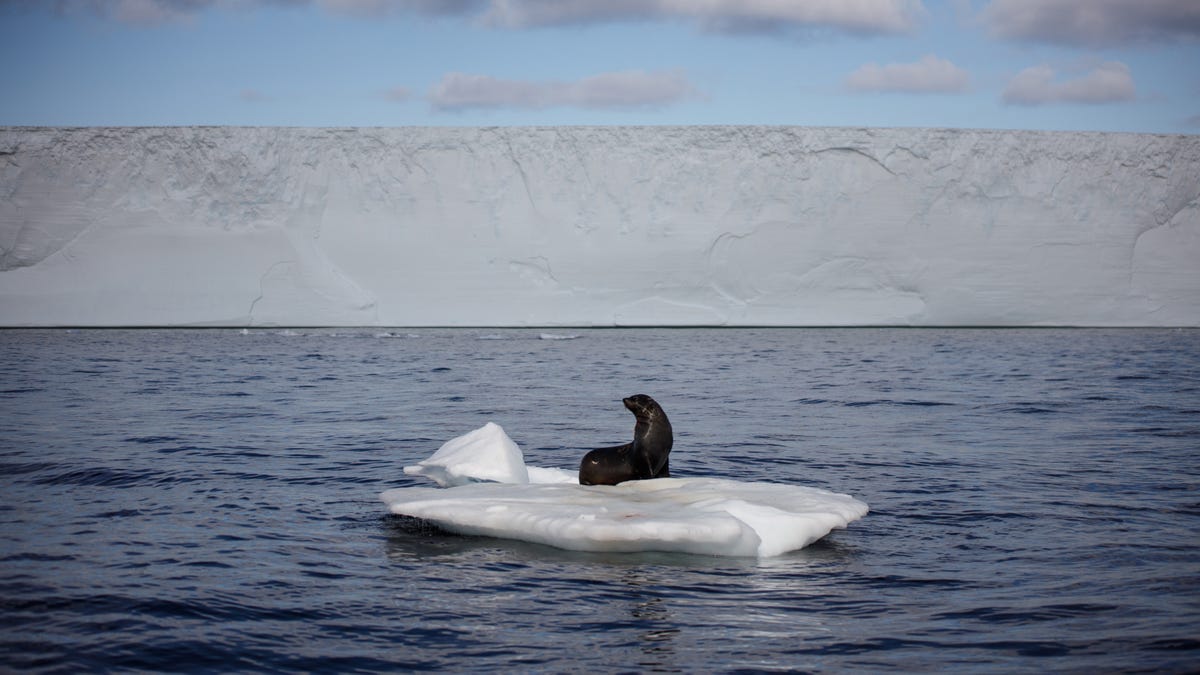Climate change: Almost all ocean surface climates could disappear by 2100
Marine life would be forced to "adapt or die" if carbon dioxide concentrations continue to rise.

Sub-Antarctic and equatorial regions could experience disappearing ocean surface climates, disrupting the delicate ecosystems.
If the rate at which we've been releasing carbon doesn't change, environmental researchers suggest about 95% of ocean surface climates could disappear by 2100, creating a grim future for some marine species that may face two options: adapt or die.
Ocean surface climates refer to a combination of water temperature, acidity and concentration of aragonite, a mineral used by marine creatures like coral.
In case that prediction didn't ruin your mood, the study, published Thursday in the journal Scientific Reports, also found that in the next 80 years -- based on the current carbon emission trajectory -- over 80% of the ocean surface may be covered in novel, high-temperature and acidic climates.
Such novel ocean surface climates have never existed before on Earth.
Both disappearing climates and novel ones -- which are most likely to emerge near the equator and sub-Antarctic regions, according to the study -- threaten the animals that call these places home.
"If they are narrowly adapted to the conditions that they live in, and those conditions start to disappear or be replaced with novel climates," said Katie Lotterhos, an associate professor of marine and environmental sciences at Northeastern University, "they can't disperse to a place, or migrate to a place, where they're going to find that climate."
She added that "some people have called that an adapt or die scenario."
Lotterhos and fellow researchers sought to understand how the climates have already changed since 1800 and to project how they're expected to fluctuate into 2100. To form conclusions, the team modeled ocean surface climates across the 300-year timespan.
They ran their models under two scenarios of Representative Concentration Pathways, or RCPs, which are used by the Intergovernmental Panel on Climate Change and refer to hypothetical climate change trajectories dependent on atmospheric greenhouse gas concentrations.
First, we have the aptly named "business as usual" scenario, which represents a high RCP of 8.5. The other, RCP 4.5, is a more optimistic situation, but one that would require active measures to drive down human-generated carbon emissions.
If our carbon emissions continue on track with "business as usual," the study found that 82% of the ocean surface could have novel climates by 2100. That's bad news for marine creatures. If emissions are lessened to follow RCP 4.5, that figure plunges to 10% of the ocean surface.
"If we can implement mitigation measures," Lotterhos said, "It can drastically reduce the proportion of the ocean surface that was projected to experience novel conditions."
Relatedly, the 4.5 pathway also appears to control ocean surface climate disappearances, endangering only 35% of the ocean by 2100 instead of the jaw-dropping 95% with business as usual.
Lotterhos' team is also the first to consider ocean surface climate change on a global scale; that aspect, in particular, is what allowed the team to uncover features of novelty. That's because even if a marine climate near the Gulf of Alaska, for instance, transforms into a warmer one, it might not be historically new. The rest of the globe would need to be analyzed before a "novel" declaration is made.
"What surprised me," Lotterhos said, "is that between 1800 and today -- even though we've seen climate shifts in the ocean -- the shifts are not necessarily novel."

